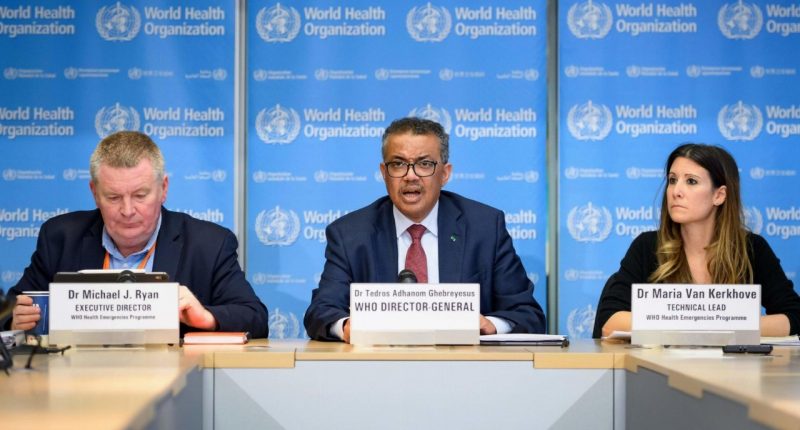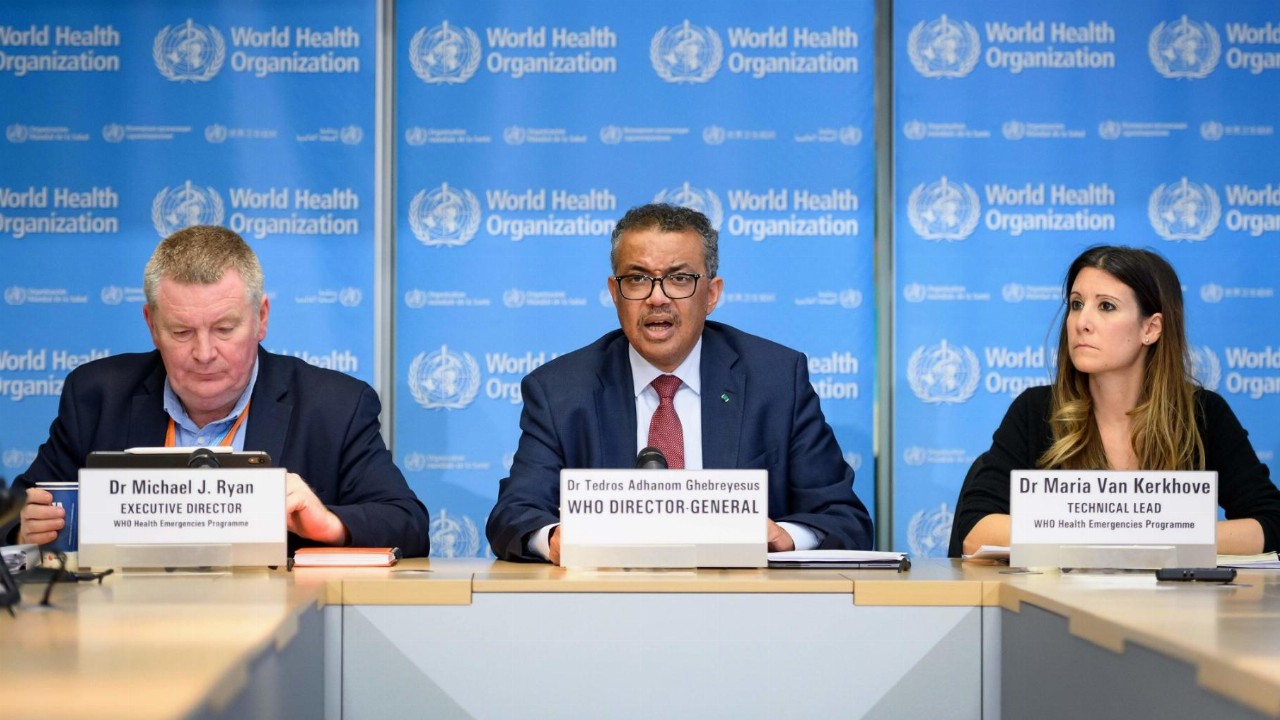- The World Health Organisation has warned all countries that keeping borders shut in the long term is not a sustainable COVID-19 solution
- Most nations implemented varying levels of border closures, in a bid to limit the spread of the virus amongst their communities
- Australia and New Zealand have some of the world’s strictest border closures in place, which helped them almost eradicate the virus
- The exception is Victoria, which continues to record high numbers of new COVID-19 cases
- However, WHO officials said the closures aren’t economically sustainable and as a globe we have to find a “new normal”
Australia and other nations been sent a firm warning by the World Health Organisations, who says border closures are not sustainable in the long-term.
While most countries implemented border closures of varying strictness once the pandemic began, Australia and New Zealand’s border restrictions are among the toughest in the world and will likely remain in place well into 2021.
This is because both countries rely heavily on border closures, and a lack of community spread, as their main COVID-19 prevention method.
The strict closures have also proved successful.
New Zealand has almost eradicated the coronavirus and opened its economy back up. Meanwhile, many Australian state’s and territories have also returned to normal after capping the number of infections early on.
Victoria remains the exception though, as poor quarantine controls have allowed the virus to spread into the community, creating a massive second wave of cases, bigger than the original influx.
Just yesterday, the state hit a new daily record of 532 cases in 24 hours. Today, 384 new cases and another six deaths have been recorded in Victoria.
WHO advice
Despite border closures mostly proving effective in stopping the spread of COVID-19, WHO has warned they are not sustainable in the long term and have a dire effect on the global economy.
“Continuing to keep international borders sealed is not necessarily a sustainable strategy,” said WHO’s Emergencies Director Michael Ryan.
“It is going to be almost impossible for individual countries to keep their borders shut for the foreseeable future. Economies have to open up, people have to work, trade has to resume,” he added.
Instead, WHO encouraged nations to implement appropriate local measures to contain COVID-19, such as the use of masks and social distancing in public.
WHO’s technical lead on COVID-19, Maria Van Kerkhove, said it was up to everyone to adopt new, safer behaviours, in order to keep themselves safe.
“What we’re going to have to figure out… is what our new normal looks like,” she said.
“Our new normal includes physical distancing from others, (and) wearing masks where appropriate,” she said. “Our new normal includes us knowing where this virus is each and every day, where we live, where we work, where we want to travel.”







